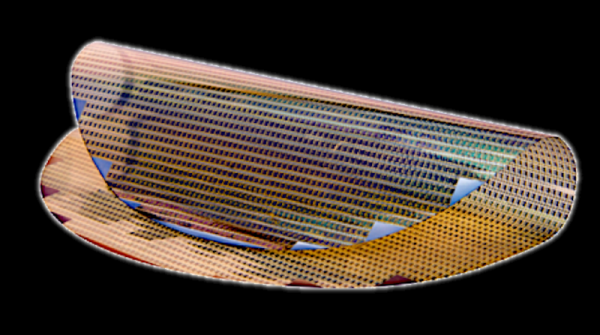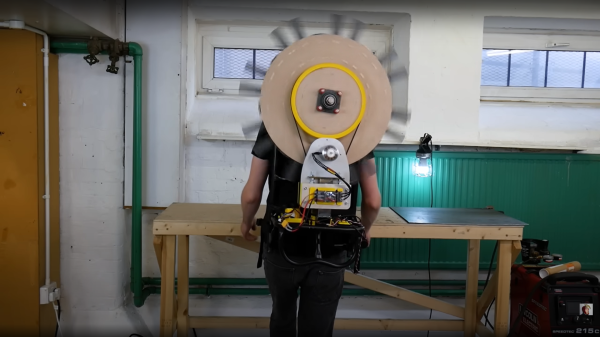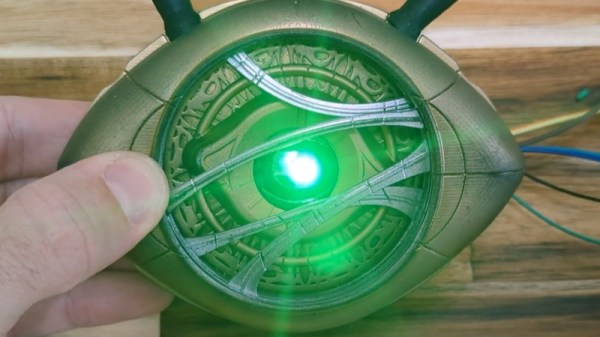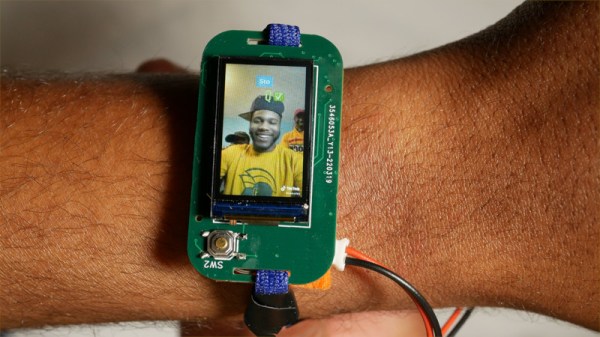When you think about customizing the face of a smartwatch, you probably imagine something akin to selecting a new wallpaper on an Android device, or maybe tweaking the color scheme a bit. But not [Sebastian SARBU], his plans were a bit grander than all that. So he cracked open Android Studio and started writing a truly custom watch face that would make the most out of the device’s display. Luckily for us, he’s not only released the source code for others to study, but has documented the development process in a series of videos that you can see below the break.
He’s dubbed the new interface his “Pizza Watch Face”, as it breaks the circular screen down into slices complete with a bits of multi-colored “crust” that can show various notifications using the fewest pixels possible. There’s no question the layout is able to pack a lot of information into a relatively small space, and while aesthetics are naturally subjective, we happen to think it looks pretty slick. Continue reading “Developing A Custom WearOS Watch Face”


















